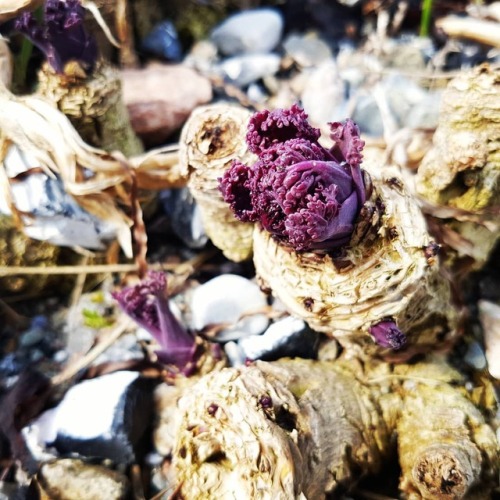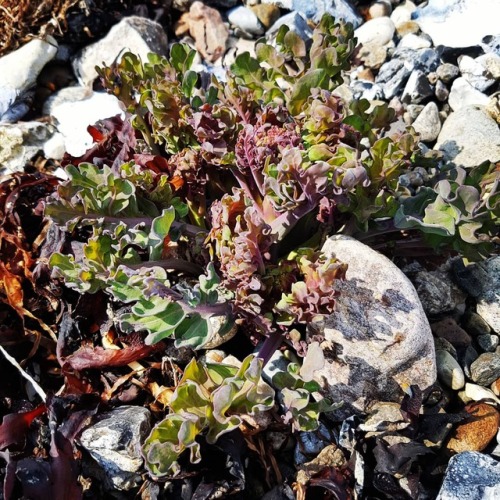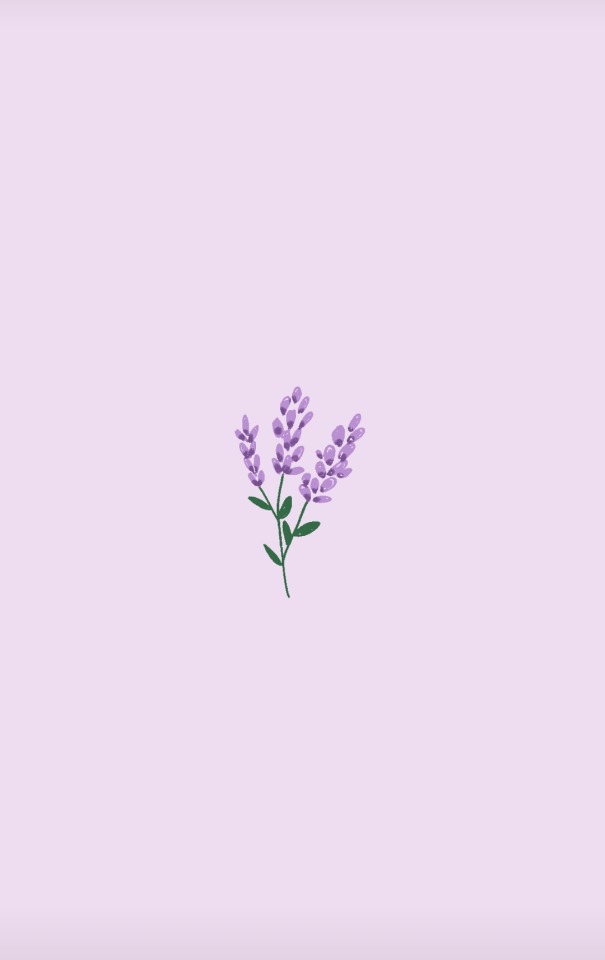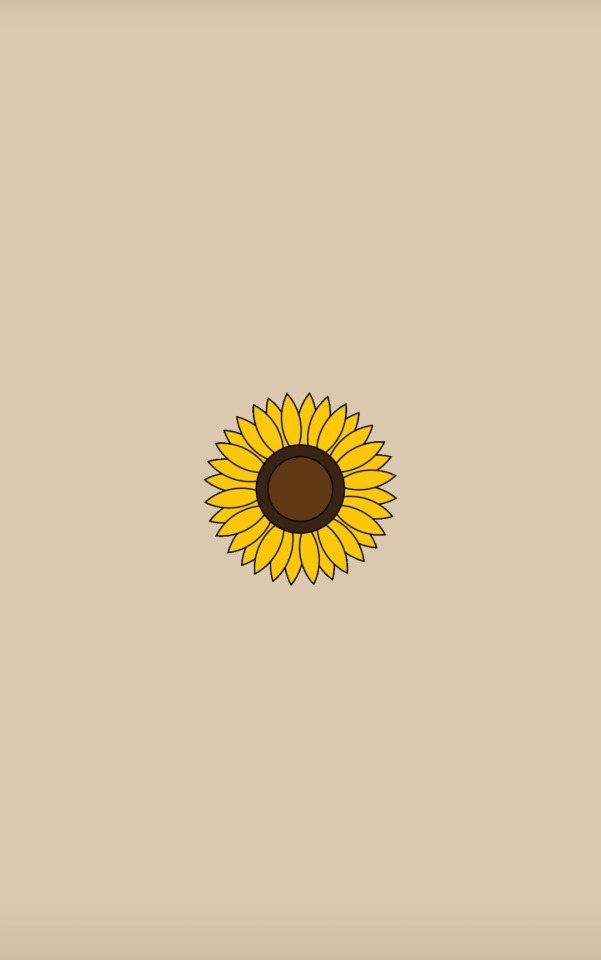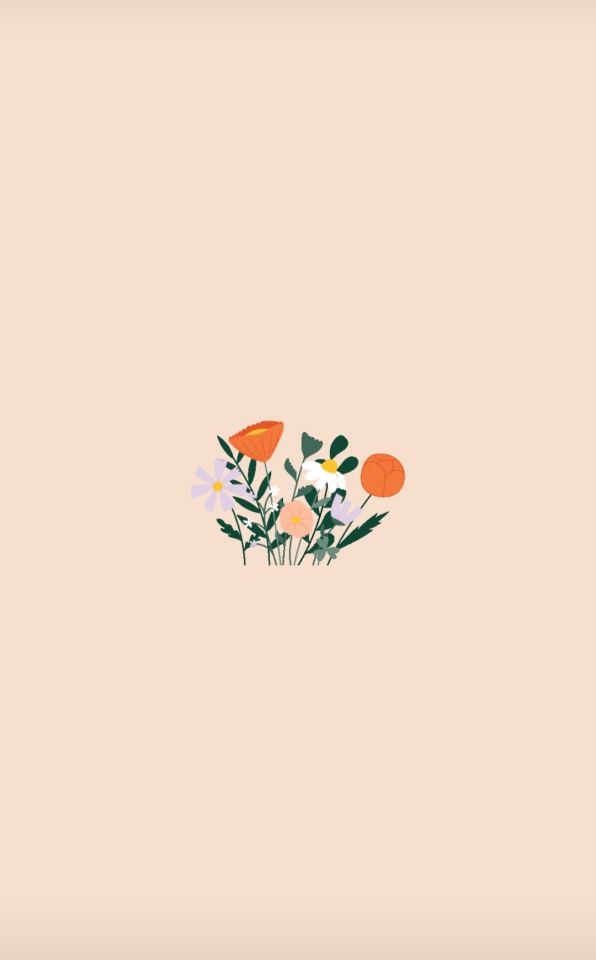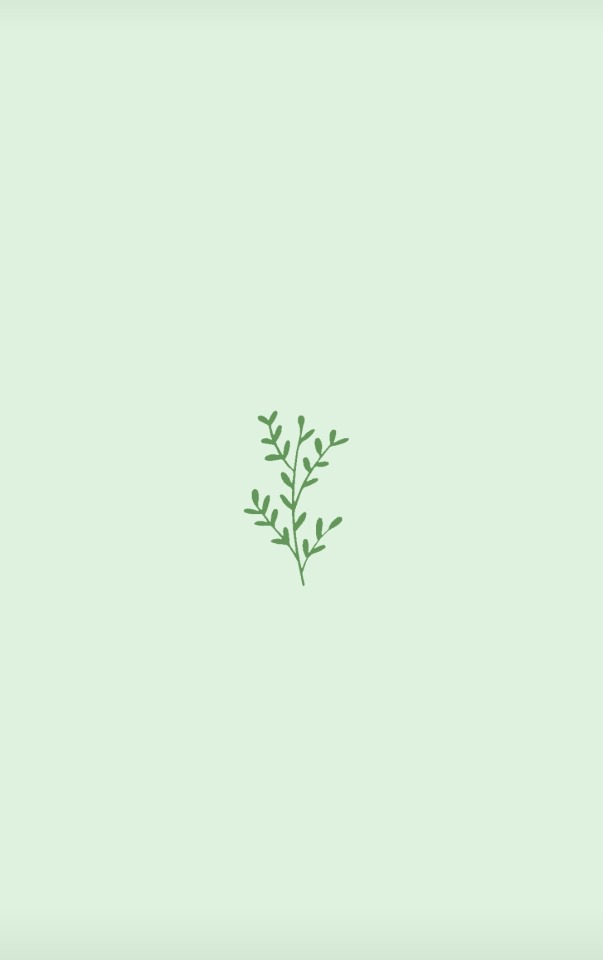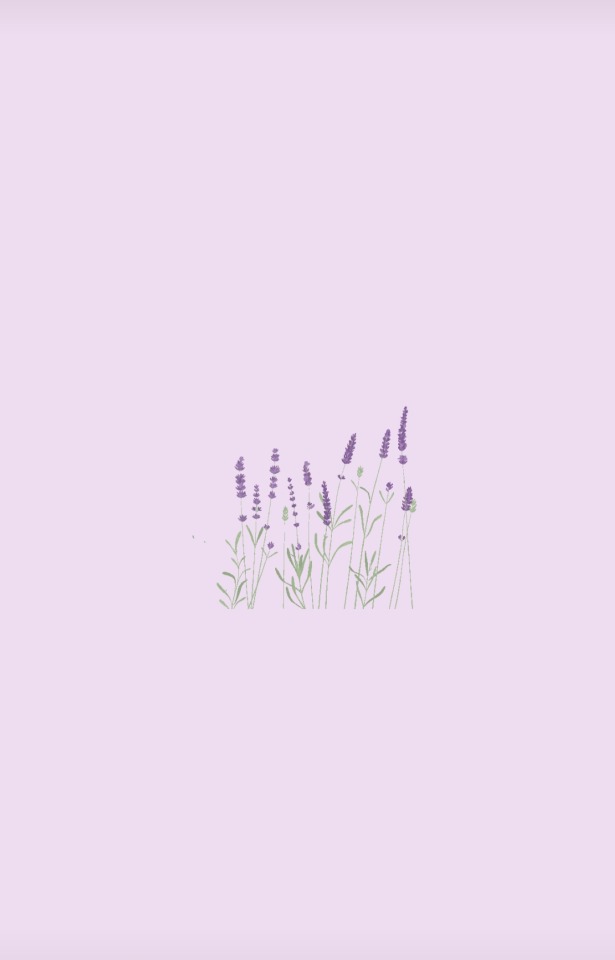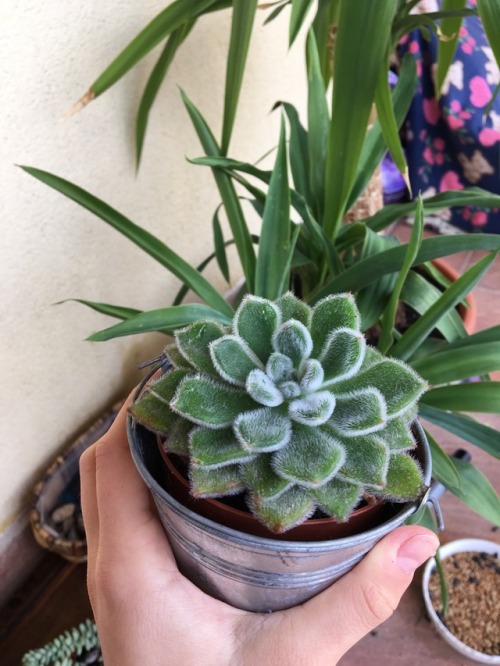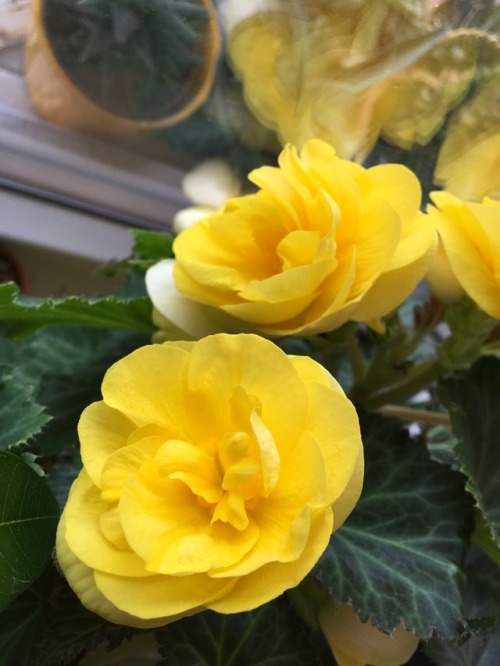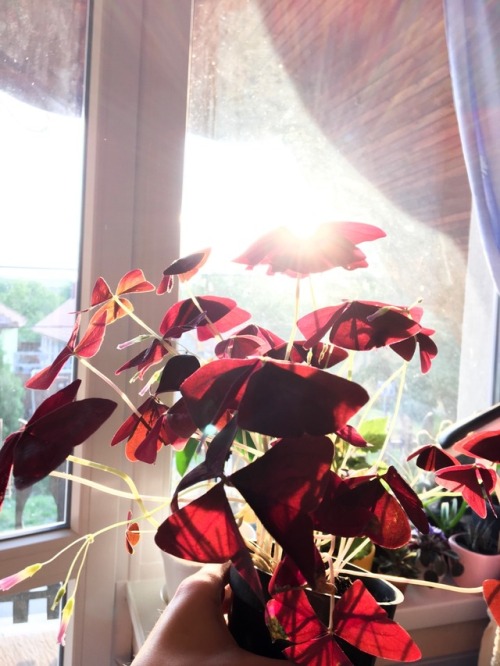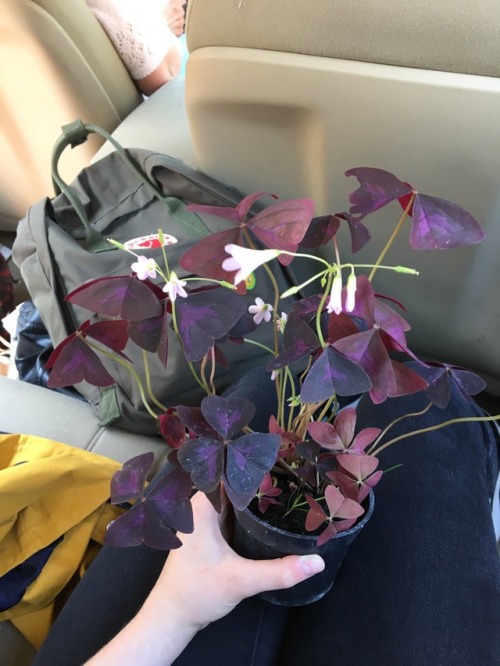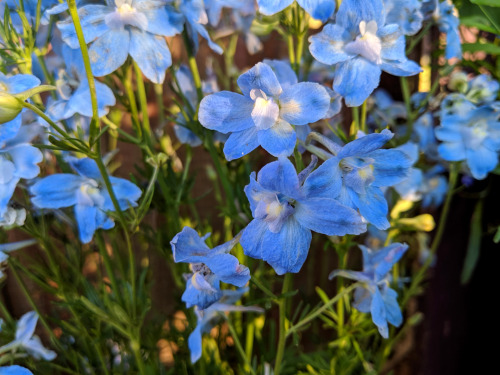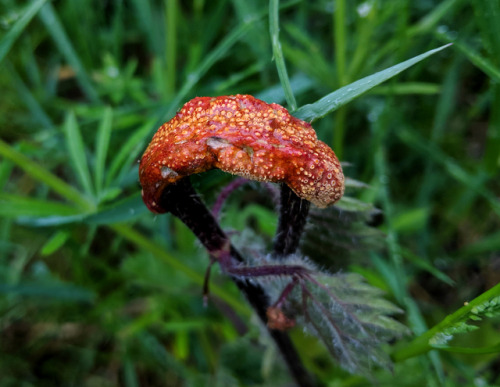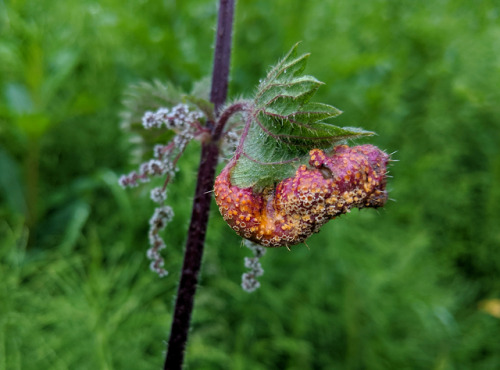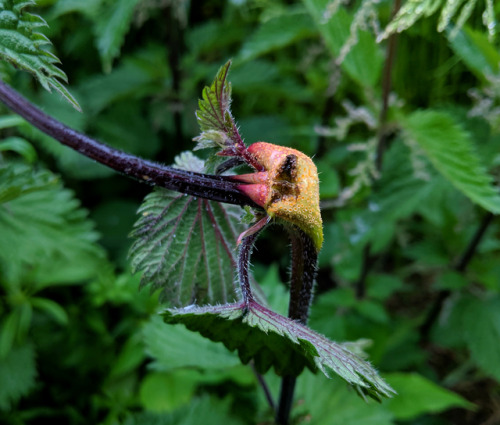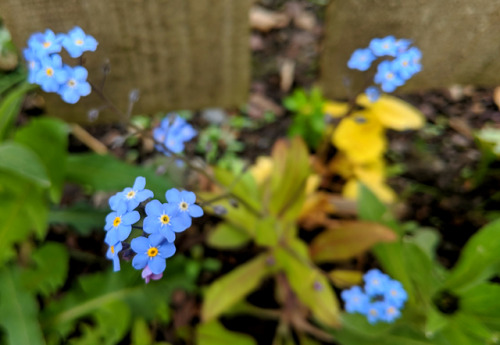#plantblr
a friend having a feast
y’all remember this baby?

well…

it’s a boy♀️
She’s getting her color back
Also i’m thinking about beheading her cuz she got so stretched during the winter
Post link
True Blue Flowers at the allotment /part 2
I’ve complained over and over about how I missed having the time to write and share plant stuff, but it feels so odd I’m now back at it only because we’re on quarantine, and suddenly have ALL the time I could possibly need.
This said, I thought I’d go on with the true blue flowers series I started many moons ago, so here you have two plants I bought last summer in the garden centre where I work. They are unrelated, but the colour of their flowers matched in a lovely way.
The first is Salvia patens ‘Cambridge Blue’, or gentian sage, a gorgeous cultivar of the Mexican herbaceous perennial species. It flowers profusely through summer well into autumn forming a neat, aromatic clump and it’s best treated like a dahlia, lifting the fleshy tuberous root system before winter and storing it away from hard frost. Bees obviously love the large lipped flowers.
The second is Delphinium grandiflorum ‘Summer Blues’, or Siberian larkspur, a short-lived herbaceous perennial much different from the large and sturdy larkspurs part of the D. elatum species. It doesn’t grow much taller than 30 or 40 cm and both foliage and flowers are quite dainty, but extremely vibrant. The blossoms, opening over several weeks through summer, look as if they had been painted with watercolours and go on to produce a good number of seeds to ensure self-sowing.
Post link
Puccinia urticata on Urtica dioica
It’s hard to walk by banks covered in common nettle without noticing this fiery and gruesome rust fungus taking hold of and deforming the plant’s limbs.
It’s best described as a species complex with a life cycle which might alternate between two hosts- in the British Isles often a nettle (U. dioica or U. urens) and a sedge (mostly Carex sp.), but its ‘sub-species’ can also be found on Aster and Ribes.
Here you can see some beautiful up-close photos of its structures.
Post link
True Blue Flowers at the allotment /part 1
You know I love blue flowers, but you might have not noticed how uncommon ‘true blue’ flowers actually are in nature. In the animal world, the presence of this colour is often just an optical effect caused by how light is absorbed and refracts in particular structures. In plants, however, different shades of real blue are the result of chemical changes that alter the red and purple anthocyanin pigments present in a large variety of species.
This is not a common process and it has proven to be particularly challenging to replicate artificially. If you like technical details, here you can read about how the first -passably- blue Chrysanthemum was created.
Some plant families though, seem to have mastered this prodigious alchemical feat and produced a good variety of sky-coloured species, which have been further diversified artificially in as many cultivars. Probably the most prominent of these families, the Boraginaceae has gifted us with some of the most common blue wildlfowers you could encounter in temperate areas, and plenty of garden ornamental plants.
In the photos above you can see members of this family currently blooming at my veg plot and, if you look closely, you can see how the flower buds on all these plants look pink, but the pigments start changing as they open to reveal different shades of true blue:
-Borago officinalis, borage: annual herbaceous
-Lithodora diffusa ‘Blue Star’&‘Heavenly Blue’: evergreen subshrubs
-Brunnera macrophylla ‘Jack Frost’, Siberian bugloss: deciduous herbaceous perennial
-Myosotis scorpioides, water forget-me-not: herbaceous perennial
-Myosotis arvensis, field forget-me-not: herbaceous annual or short-lived perennial
Now check back in a few years please, I’m on my way to holding the national collection of Boraginaceae and the largest variety of blue flowers in one garden ;)
Post link

